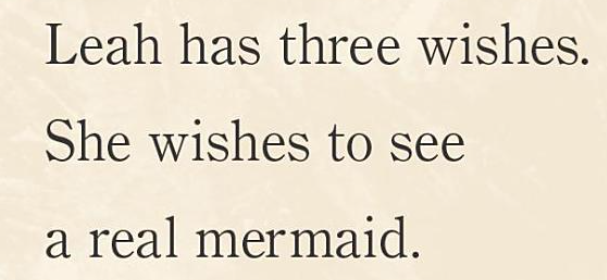
Of all the types of children's books, early readers may be one of the most complex. Not only are you trying to create stories that children enjoy, but you have to do so while keeping in mind a very strict set of vocabulary words. Early reader books are designed for children who are just beginning to learn how to read. These books are a crucial step in building a child's reading comprehension and English language skills.
Early reader books come in different levels, which can range from very simple to more complex. For early reader books it is important to keep in mind the basic sight words that children learn from the ages of 4-8.
Reading Levels
Level 1: This level introduces children to simple words and phrases. These books typically have one or two sentences per page and use basic sight words. There may be a few "difficult" words, but they are carefully peppered throughout. There should be a story, but it takes a backseat to the words being taught.

Level 2: Introduces more complex sentences and longer stories. At this level, children are introduced to new vocabulary words and are encouraged to sound out unfamiliar words. Also, concepts like dialogue are introduced.

Level 3: Introduces children to longer stories and more complex sentence structures. These books are designed to help children develop their reading comprehension skills. We have moved beyond sight words and are now creating actual stories or information.

Level 4: For more confident readers and features longer, more complex stories. These books have more advanced vocabulary words and use figurative language, such as idioms and metaphors. It will also include foreshadowing and other storytelling devices. There are some chapter books written at this level that teachers and parents can begin transitioning into.

Level 5: At this point, the books will resemble most chapter books. Also, many at this level are non-fiction since a child who is capable of reading at this level will be moving into chapter books rather quickly. These are fully developed stories with complexity, detail, description, and storytelling devices.

A popular series of early reader books is the Magic Tree House books by Mary Pope Osborne. The Magic Tree House books are designed for children ages 6-9 and are a mix of fiction and non-fiction stories. These books introduce children to different historical periods and encourage them to learn new facts and concepts. All would be considered a Level 4 or 5 and some go beyond this to help transition readers into intermediate middle grade books.
Advice for Writers
To write an early reader book, authors need to consider the vocabulary and sentence structures they use carefully. Writers need to use simple words and phrases that children will be familiar with while still introducing them to new words and concepts. Authors must also use sentence structures that are easy for children to read and understand.
Getting hired to write for early reader series can be challenging, as publishers seek authors with specific skills and experience. Authors who are interested in writing early reader books should be familiar with the different levels and requirements for each level. They should also have experience writing for children and be able to demonstrate their ability to create engaging and age-appropriate stories. Carter Higgins, author of Audrey L and Audrey W: Best Friends-Ish, says, “Chapter books are consumed by readers quickly and with passion. It's fascinating to watch a young reader stick their nose into a book and not take a breath (or a snack) until it's over.”
Another challenge for early reader authors is series potential. Because these books can be read so quickly, publishers are looking for longevity within the book and a series. Creating an interesting character like Clementine by Sara Pennypackerand Marla Frazee or Frog and Toad by Arnold Lobel, are characters that will keep young readers coming back and create lifelong book memories.
If you have been struggling to write for younger readers, take a step back, remind yourself of the common likes, dislikes, interests, and fears of a young reader and find a connection point. While the vocabulary may be limiting, the stories don't have to be. While challenging, writing early reader books can be a rewarding experience that helps children develop important reading and language skills.
.png)
Comments